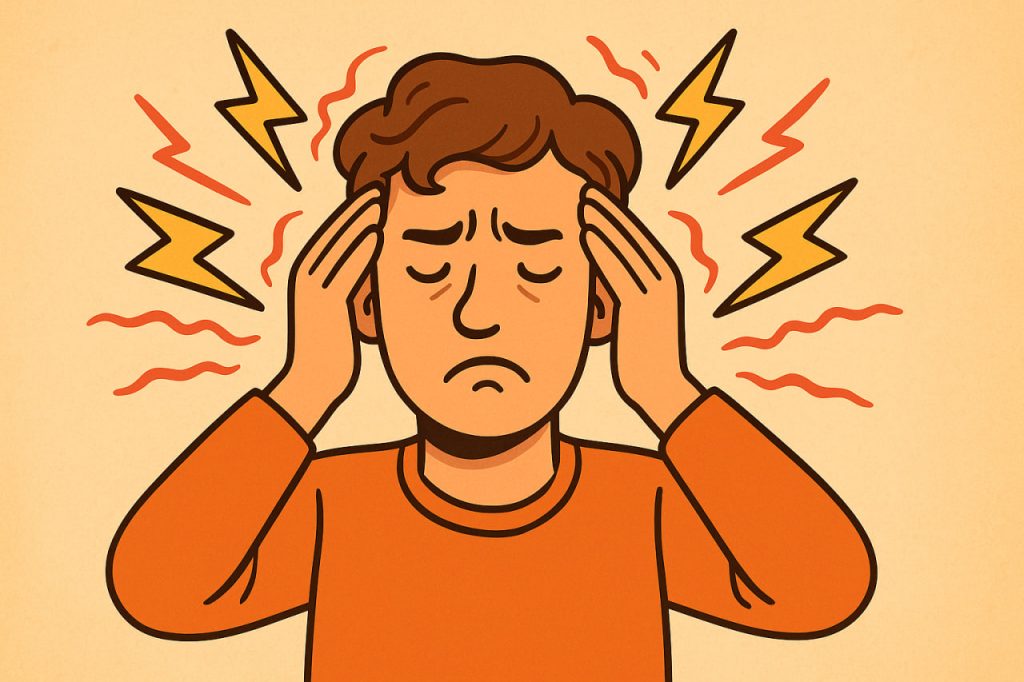Headaches are one of the most common health issues, affecting people of all ages. They can feel like pressure, throbbing, or sharp pain in different parts of the head. A headache is not just a random discomfort; it reflects complex processes inside the body, involving the nervous system, blood vessels, and even surrounding tissues. Understanding what happens during a headache helps to manage it better and recognize when medical attention is necessary.
Causes of Headache
A headache occurs when sensitive structures in the head and neck are irritated. The brain itself does not feel pain, but surrounding tissues—such as blood vessels, nerves, muscles, and meninges—do. Triggers include stress, dehydration, lack of sleep, poor posture, eye strain, or even changes in weather. In some cases, headaches are secondary symptoms of illnesses like infections or high blood pressure.
Types of Headaches
There are several main categories:
- Tension headaches – caused by stress or muscle tightness, usually producing a dull, constant pain.
- Migraines – more severe, often one-sided, and may be accompanied by nausea, light sensitivity, and visual disturbances.
- Cluster headaches – rare but extremely intense, occurring in cycles around one eye.
- Secondary headaches – linked to other medical conditions, such as sinus infections or trauma.
Biological Mechanisms
During a headache, nerves in the head send pain signals to the brain. Blood vessels may dilate or contract, changing blood flow. Inflammation in tissues or chemical changes in the brain (like fluctuations of serotonin) can also trigger pain. The interaction between the nervous system and blood circulation is key to most headache mechanisms.
How the Body Reacts
When a headache begins, the body often tries to protect itself. Muscles may tense, making the pain stronger. Eyes may become more sensitive to light, or you might feel fatigued, encouraging rest. These are protective responses, signaling the body to slow down and recover.
Relief and Prevention
Simple methods like resting in a quiet dark room, drinking enough water, practicing relaxation techniques, or maintaining good posture often help reduce headaches. However, frequent or severe headaches should not be ignored. It is important to consult a specialist to rule out serious health issues. Self-medication is not advisable without proper diagnosis.
Conclusion
A headache is a signal from the body that something is out of balance—whether stress, tension, or underlying illness. It involves nerves, blood vessels, and brain chemistry working together in ways that produce pain. Taking preventive steps and seeking medical advice when needed helps maintain long-term well-being.
Glossary
- Migraine – a severe headache often accompanied by nausea and light sensitivity.
- Cluster headache – a rare but very intense headache around one eye.
- Tension headache – a common headache caused by stress or muscle strain.
- Serotonin – a brain chemical that influences mood and pain regulation.
- Secondary headache – a headache caused by another medical condition.


